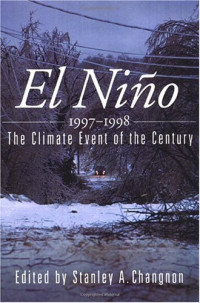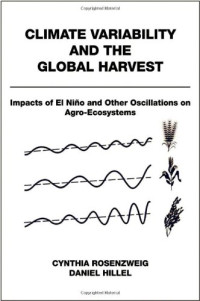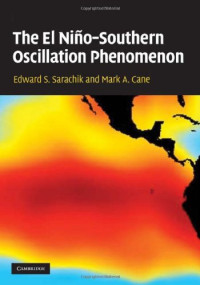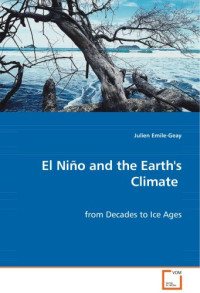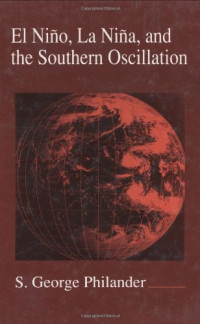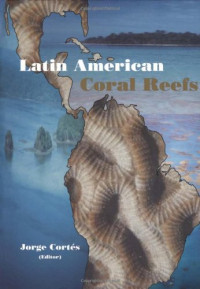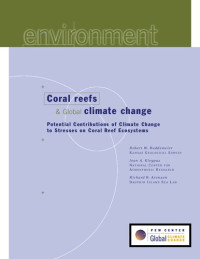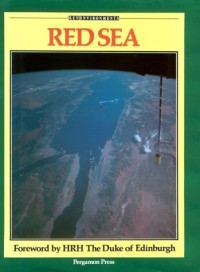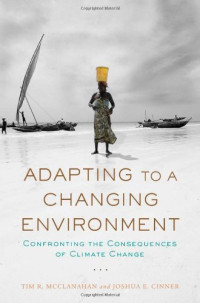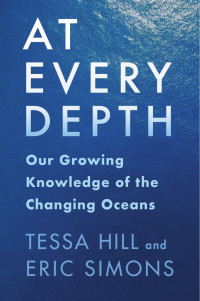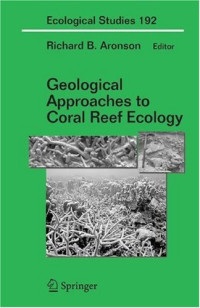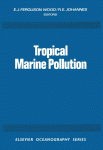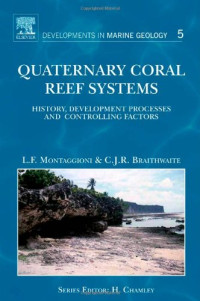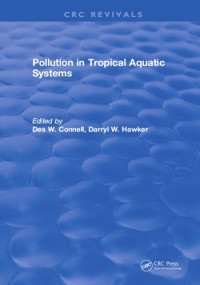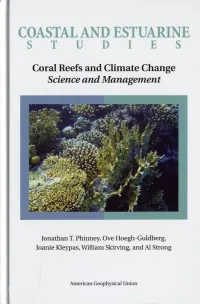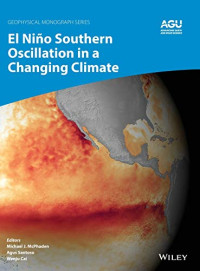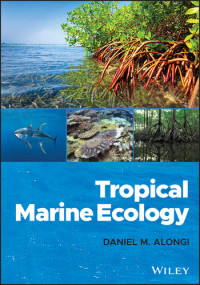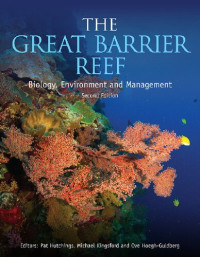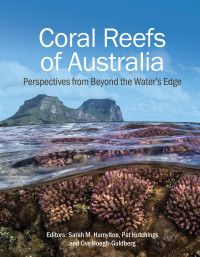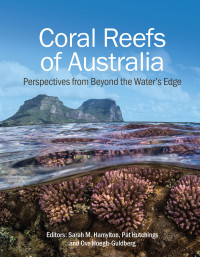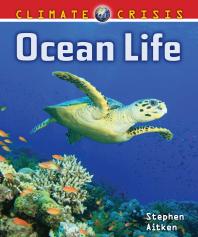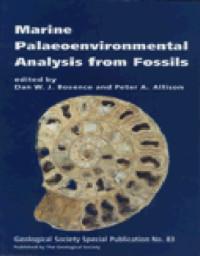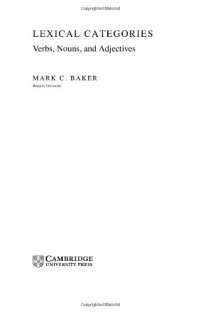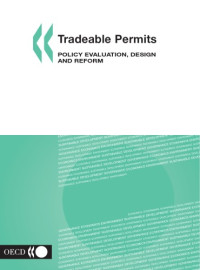
Global Ecological Consequences of the 1982–83 El Nino—Southern: Oscillation
P.W. Glynn (Eds.)
El Ni#o is a meteorologic/oceanographic phenomenon that occurs sporadically (every few years) at low latitudes. It is felt particularly strongly in the eastern Pacific region, notably from the equator southwards along the coasts of Ecuador and Peru. The El Ni#o is a component of the ENSO (El Ni#o Southern Oscillation) which accentuates the intimate and causal connection between atmospheric and marine processes. Obvious manifestations of El Ni#o in the eastern Pacific are anomalous warming of the sea; reduced upwelling; a marked decline in fisheries, and high rainfall with frequent flooding. The 1982/83 El Ni#o was exceptionally severe, and was probably the strongest warming of the equatorial Pacific Ocean to occur during this century. The warming was intense and spread over large parts of the Pacific Ocean and penetrated to greater depths than usual. Many eastern Pacific coral reefs that had exhibited uninterrupted growth for several hundred years until 1983 were devasted by the disturbance and are now in an erosional mode. Marine species were adversely affected. The consequent depletion of the plant food base resulted in significant reductions in stocks of fish, squid etc. This led to a mass migration and near-total reproductive failure of marine birds at Christmas Island. Emphasis in this volume is placed on disturbances to benthic communities; littoral populations; terrestrial communities and extratropical regions.
الفئات:
عام:
1990
الناشر:
Elsevier, Academic Press
اللغة:
english
ISBN 10:
0444883037
ISBN 13:
9780444883032
سلسلة الكتب:
Elsevier Oceanography Series 52
ملف:
PDF, 28.72 MB
IPFS:
,
english, 1990
 Amazon
Amazon  Barnes & Noble
Barnes & Noble  Bookshop.org
Bookshop.org  حول الملفات
حول الملفات المزيد من نتائج البحث
المزيد من نتائج البحث مميزات أخري
مميزات أخري 